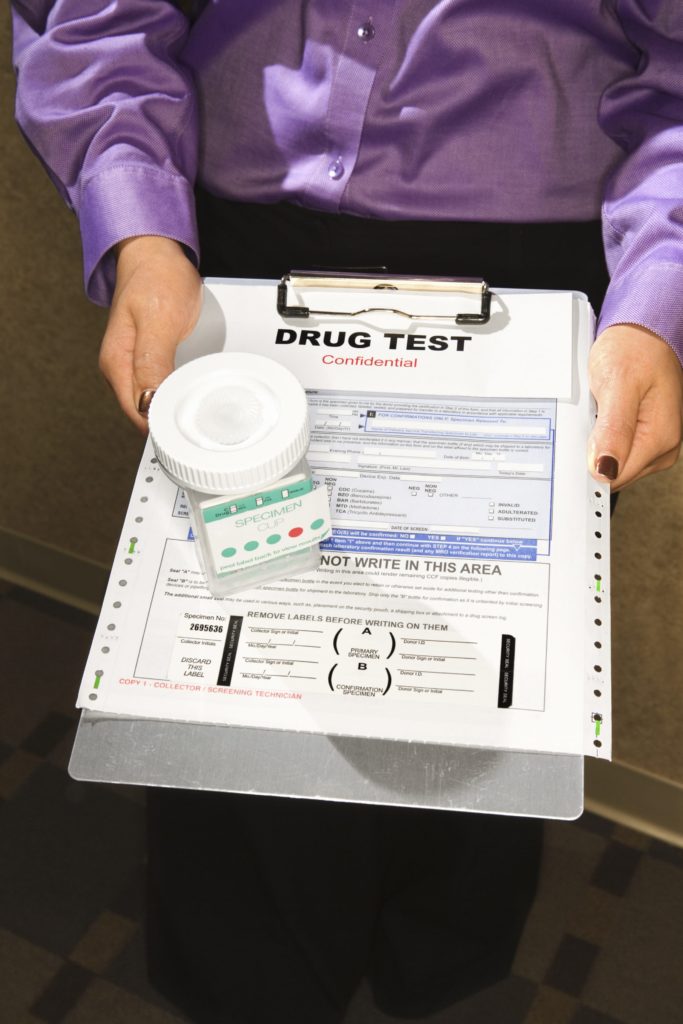The dangers of meth, officially known as methamphetamine, but also called crystal, crystal meth, speed, crank, glass, ice, and many other names, are numerous. For years, we have been hearing about meth and how addictive it is and how it causes severe health problems and even deaths. We have even heard stories in the news about meth labs where people create this controlled substance, and often blow themselves up in the process. What is discussed less often is the effect of the residual toxins used in the meth labs that are not blown sky high. Unwitting people, including families with young children, have moved into homes that were used to cook meth and have experienced the dangerous consequences. In Texas, residual meth labs are a big problem, and there is no law in the state that says owners must clean their property after a meth lab bust.
Methamphetamine
Methamphetamine is a synthetic drug that can be used as a prescription medication to treat ADHD, obesity, and narcolepsy. It is a schedule II controlled substance because it is highly addictive and causes serious side effects. One of those side effects, and one reason it is so addictive, is a feeling of euphoria, or a high. Those who use methamphetamine for a long period of time risk developing cravings, a tolerance and addiction. Chronic use of meth can lead to decaying teeth, psychosis, brain damage, paranoia and hallucinations, breakdown of muscles, kidney damage and possibly death. Unfortunately, abusers of meth, and those who sell it, figured out many years ago that it can be made with a few easy to find ingredients, and meth labs were born. One necessary ingredient is pseudoephedrine, which can be found in many cold medicines. In 2005, Texas law restricted the sale of these cough medicines, and the number of operating meth labs dropped.
Meth Use in Texas
Although the restrictions on pseudoephedrine had a positive effect on the number of meth labs in the state and the rate of meth lab use and addiction in Texas, the numbers have begun to go back up. Researchers at the University of Texas, Austin, have discovered through records of admissions to emergency rooms and treatment centers, arrests, and meth lab locations, that meth use is on the rise again all over Texas. Even without the number of meth labs that were seen in previous years in the state, Texas drug users are getting their hands on plenty of the drug, thanks to drug trafficking across the border from Mexico. While cities have always had drug problems, meth use and production is prevalent in rural areas as well.
Living in a Meth Lab
People who unwittingly end up in a former meth lab that has not been cleaned by professionals may experience serious negative health consequences. Pets and small children are most vulnerable and may have respiratory problems or show signs of poisoning. What meth labs leave behind in a home is toxic and dangerous. Chemicals used in the process include ether, ammonium nitrate (an explosive compound), lithium, phosphorous, lye, and pseudoephedrine. For every ounce of meth made, the cooks end up with four times as much toxic byproduct. The byproduct is often dumped in rivers, lakes and streams, posing a serious problem for drinking water contamination. Even hotel rooms are vulnerable, as some people make a batch quickly in a hotel room and leave the mess behind. These toxic leftovers can cause nervous system disorders, lung disorders, chronic respiratory problems, skin rashes and flu-like symptoms. They can cause serious damage to the liver, kidneys, and thyroid. Sometimes the symptoms do not show up for a year or more, while exposure to the chemicals is causing this internal damage.
Meth Labs in Texas
There are no laws in Texas that require landlords or homeowners to clean a house or apartment after a meth lab has been discovered. According to the law, they need not even disclose to the next resident what went on there. Fortunately, there is a registry of homes that were previously used to cook meth. The National Clandestine Laboratory Register allows anyone to see which homes in Texas may contain harmful chemicals. According to this registry, there are 556 homes in the state known to have had meth labs. This is not a comprehensive list, but contains only those homes that have been reported. Of the large cities in the state, San Antonio has the most former meth labs. Wichita Falls, a much smaller city in northern Texas, is home to even more former meth labs than the big cities. Much of that activity is attributed to tough laws in bordering Oklahoma and the lack of the same laws in Texas. To cope with the health and environmental damage inflicted by meth cookers, Texas must come up with better ways to reduce the number of labs and to better inform the public about the dangers of contaminated homes.






